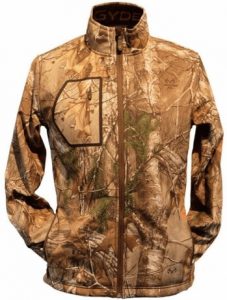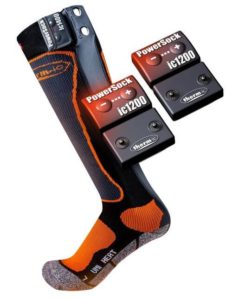Because of the cold weather, whitetails will be more active on their feet than they normally would be. Therefore, you are faced with a number of options. Remain indoors and watch hunting shows on television; brave the elements and suffer while out in the field; or just accept the bitter cold and figure out how to make the most of it.
I’ve hunted in some pretty challenging environments. The hunt is never going to be simple, but the potential rewards can make it more than worth the trouble. Comfortable cold-weather hunting depends on a variety of things, including appropriate planning, high-quality gear, personal tolerances, and willpower.
Here are some of my suggestions for genuinely enjoying a cold-weather hunt rather than merely surviving one.
Best Hunting Gear to Stay Warm
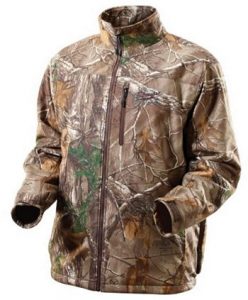
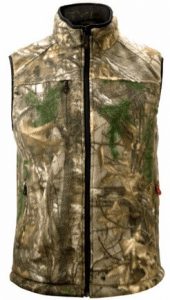
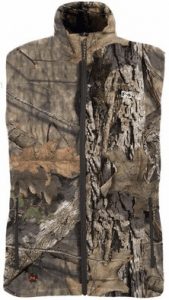
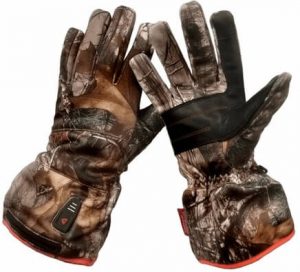
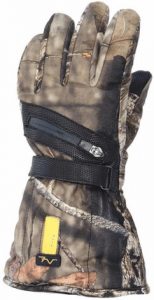
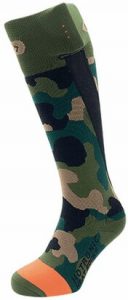
You can find more about this fantastic hunting gear on this web site. Just go there and type hunting in the search form. You will find many great pieces.
WHAT TO WEAR IN COLD WEATHER?
Feet
The majority of people struggle to keep their feet warm. I have pretty much tried everything and have now discovered what actually does work for me.
Your footwear must fit loosely as the first rule. Your blood flow will be impeded by tight boots, which will result in cold toes.
No cotton is allowed is the second rule. Cotton traps and absorbs moisture, so cold feet will undoubtedly get chilly very rapidly. I’ve discovered that 1200–1500 gram Thinsulate rubber boots work the best for me.
Consider bringing a pair of dry socks to change into when you get to your stand or blind if your feet sweat while you’re walking. I favor thick merino wool or a wool blend for socks.
If you sweat a lot, you might also want to wear some sort of wicking sock. If I add a chemical toe warmer to these comfortable boots, which have a loose fit, and the socks I wear with them, then my feet almost never get cold.
Head
Although it is arguable how much heat we lose through our heads, I have discovered that your head serves as an excellent thermostat for regulating how well your body reacts to cold temperatures.
When I am walking in, I make it a point to either wear something really light on my head or to not wear anything at all. This decreases the amount of sweat that I produce while walking. It’s crucial to keep your face and head warm once you’re in the stand.
As hunters, we spend most of our time facing the wind. You will quickly become cold if you stare into a cold breeze, and it may also give you a terrible headache. I prefer insulated, snug-fitting full-face masks.
You don’t want your face mask to move about too much when you’re doing that. If it’s extremely freezing, I might wear a balaclava or even a heavy beanie on top of the face mask.
Hands
Once more, avoid cotton at all costs. When I wear gloves when shooting, I find that my accuracy suffers. I enjoy wearing snug, light-weight gloves. I then put on a hand muff that is really warm and only remove my hands when necessary.
My hands heat up quickly when I put them back in the muff since I often have 2-4 chemical hand warmers there.
DRESS IN LAYERS
Base Layers
Compared to decades ago, modern long underwear is vastly superior. Remember the rule once more: cotton is forbidden. The market is flooded with high-quality polyester blends.
For a more dynamic hunt or in mild temperatures, I’ve found that these work really well. I switch back to merino wool when it is quite cold and I will be sitting.
Nothing else keeps me warmer and drier than good merino wool clothing, despite the fact that it tends to be a bit more expensive and isn’t quite as durable as polyester blends.
Mid Layers
I strongly support the use of layers. Avoid adding too much bulk if you plan to bowhunt. An effective windproof vest keeps your core warm without adding bulk to your shoulders.
As the temperature drops, the extra layers that I wear are typically shirts and jackets of a medium weight that I can switch between wearing as an outer layer and as a mid-layer. I like to add one or two windproof layers at this point.
Outerwear
I primarily bowhunt, thus noise is my main worry. There is a possibility that a fabric that is quiet in the store when the temperature is 70 degrees will not be quiet when the temperature is in the single digits or lower.
Because of this, I really prefer wool or fleece as an outer layer. My preferred outerwear combo consists of a pair of insulated hunting bibs and a midweight jacket worn over my other layers. Insulated bibs don’t add any bulk to the shoulders and help keep the core warm while reducing drafts around the lower back.
In addition to that, I own an older model of the Heater Body Suit. This is a fantastic piece of gear that can change a hunt from tolerable to downright comfy. IWOM would be another full containment suit that, in my opinion, performs similarly.
REMAIN COOL AS YOU APPROACH
Typically, I bring as many items of clothing as I wear on the way in. If you start perspiring on the way in, and you sit still, you’ll start cooling off quite quickly.
I like to get to the stand or blind and give myself about 10 minutes to cool down before I complete getting dressed.
As you get dressed, take your time to make sure that all of the layers are fitting properly. When I arrive to my stand, I occasionally change my socks.
Take Snacks
To stay warm, your body uses calories. Make sure you have sufficient calories on hand. Before going out, I often eat a calorie-dense lunch and bring a lot of snacks. Go with proteins and complex carbohydrates. They keep you full for a lot longer than the simpler, sweeter carbohydrates that we all yearn for when we’re out hunting.
Hunt Wise
I use a lot of chemical warmers. The ones that are designed specifically for toes are amazing. In my hand muff, I utilize hand warmers or bigger warmers. I also put these warmers in my inside pockets when it’s quite freezing.
On a lengthy, cold seat, those small warm areas adjacent to your skin are incredibly soothing. During a lengthy period of sitting, the large warmers that have a sticky back feel wonderful on the lower back.
I’ve only recently started utilizing rechargeable hand warmers. They work admirably. Try to remember to charge them before every hunt.
Late-season hunting can be extremely difficult, but it can also be incredibly rewarding. There is nothing quite like going outside on a lovely snowy day and watching the local fauna.

For over 12 years, I have been testing and reviewing heating technologies that overcome cold weather conditions. In recent years, I have specialized in the heated apparel. I’ve made it my mission to educate people about heated clothing.
